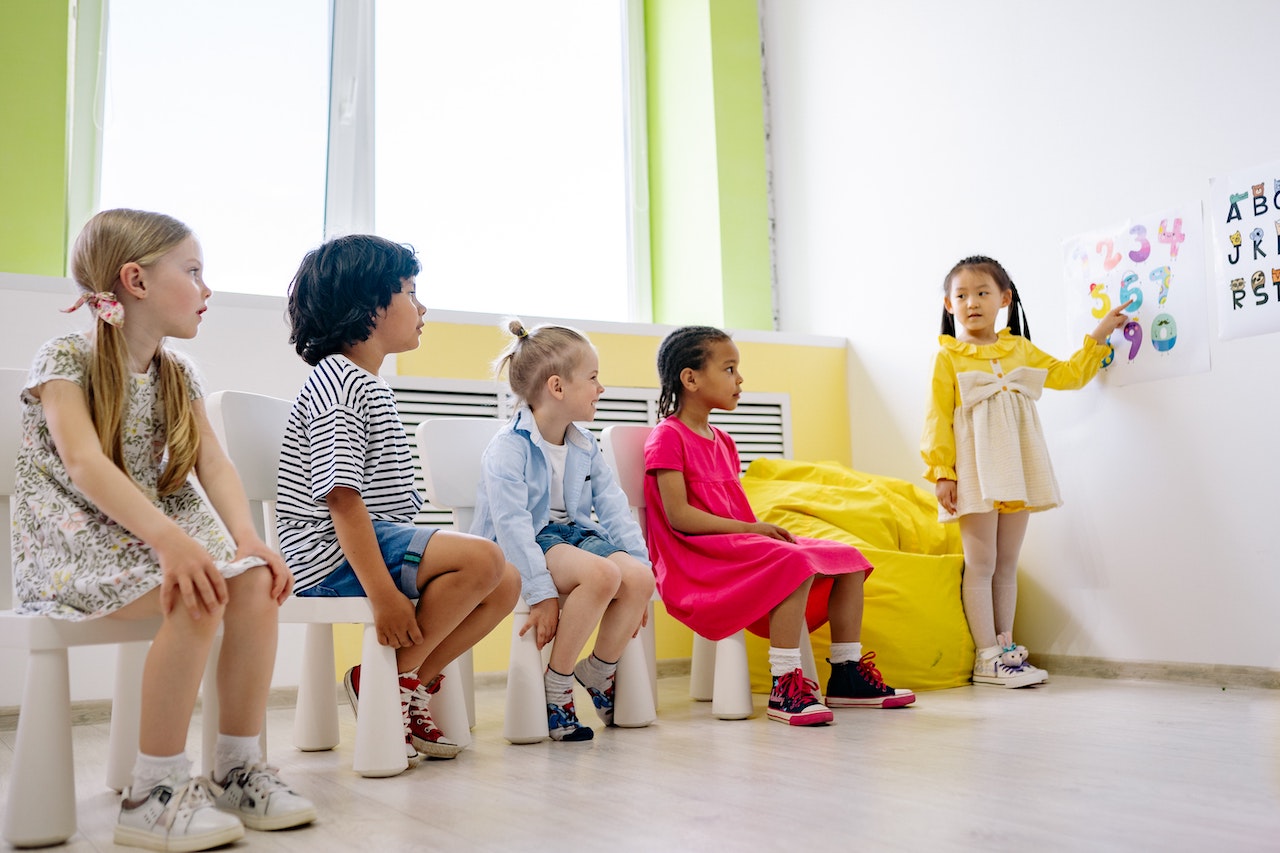Artificial intelligence, machine learning and the Internet of Things just some of the terms that are in the news everyday, with either a new discovery or a new application in commerce. Climate change, global warming, pollution, limited resources on earth the other set of headlines that dominate news. These are driving change out of necessity to a future of renewable energy, sustainability and more. The point I am trying to make here is that the world is changing rapidly sometimes out of necessity as in the case of climate change and others simply out of human ingenuity, to discover new and more efficient ways to do things. A lot of this is driven by technology.
It must be noted, that in this changing global economic scenario there is a dearth of skilled professionals at all levels. The growth of massive open online courses and other online learning platforms has been driven by professionals seeking to upgrade their skill sets in anticipation for these changes. The future indicate that this will continue, and professionals will need to either upgrade their skills of acquire new skill sets every few years.
In this context, the scenario in India is a challenging one, we have a large young educated population. As is often stated the graduates coming out of India’s education system are not adequately qualified to work in their respective industries. They are either not employable or months away from being employable after having completed an internship or training.
The problem often noted is that the orientation of school academics in India is towards clearing competitive exams, not towards practical application of those lessons. The major goal of students is not to discover an area of interest or learn a life skill but to pass a test. The unfortunate outcome to this is that even when students graduate from professional colleges they have simply cleared another exam. They must now start afresh, to learn life and work skills in the mid or late twenties, rarely going on to become efficient or engaged workers.
So the problem is a formative one. Perhaps a relook at the schools that prepare our children for a life of competition, is in order. In general, the number of quality government schools in India are limited so a majority of parents look at private schools for their children’s education. India has a considerable number of private boarding and day schools all across the country. One must look at their design and functioning through two separate perspectives.
Boarding schools in India have a long history. They were established by the English with the objective of developing defence officers and civil servants for their administration. The regimen in most of these was along the lines of a military academies, keeping children occupied, from dawn to dusk. PT , breakfast assembly, classes, hobby, sports, prep, meals dinner – interspersed with house competitions. The outcome was a well rounded disciplined individual. Children from these schools were confident, smart, fluent in English and easily able to gain entry into the traditional careers. Most new boarding schools have modelled themselves on these.
In the cities and towns there was another need, that of the locals, those who either did not have the resources to send their children to boarding schools or simply preferred to have them at home. For these the model to aspire to was “Convent School”. Typically English medium again trying to create students who established their academic credentials and then went on to create careers for themselves. These saw the most rapid expansion. Often times under resource constraints the curriculum of these schools was built around academics only. The focus was on gaining entry to engineering and medical colleges.
With their expansion the competition into the professional colleges also intensified. A reflection of Indian parents aspirations of seeing better education as a path to a better life. Before anyone noticed it some of the “successful schools” had shifted their orientation almost entirely towards academics. Soon children chose to focus on these competitive exams for the last 2 to 4 years of their lives. In extreme cases the school graduating exams, the higher secondary exams became incidental.
Some schools complete the two year syllabus (11th and 12th) in the 11th standard itself. Children then focus entirely on their competitive exams in their 12th standard. Off course this means that the traditional boarding school model is not very helpful in the competitive exams. The boarding school timetables leave children little time to prepare for competitive exams. Until some boarding schools change their time table around competitive exams.
Almost all children preparing for their engineering entrance exams or medical entrance exams must seek external help in the form of coaching or tutors. Specialists that prepare children in clearing the exam hurdle.The outcome of this, as we have realised, is not a great worker in a changing world but a trained factory worker, trained and able to handle a set of tasks. But not a problem solver who can handle new and complex challenges at work. At this point one really wonders on the role of a school in a child’s academic life. If the last few years in a child’s school life are limited to academics why must they need to reach out to coaching institutes? Who is our model student?
Fortunately, the times have changed very quickly to force a change on us. Jobs that were critical 10 -15 years ago, have suddenly been supplanted by technology. While news is full of applications of new technology no one can speak with certainty on jobs that will be required 20 years down the line. Research suggests that professionals embarking on their careers now could have changed careers 2 to 3 times by the time they are ready to retire. So how then should a parent prepare their child for such a future?
The new outlook is of teaching children life skills – team skills, problem solving, objectivity, adaptability etc. Children tend to remember what they did at school but not what they learned.
In acknowledgement of this, schools now try to design their teaching methodology around experiential projects with friends. They grasp key concepts faster with greater depths of knowledge and application. The higher levels of engagement also result in higher retention.
This experiential learning approach develops an attitude of learning that can drive the students in improving themselves the rest of their lives. Working together to solve real problems children learn how to work in teams, build consensus, critically evaluate concepts/problems and problem solving. This collaborative environment develops emotional intelligence, communication, the students evaluate their problems in the larger context. The focus on small teaching groups allows schools to create activities around their passions and interests. The learning of the child is defined by their own interests.
At the end of it we have a child who is smart, knows application of everything he has learned, can work in teams and most importantly has a attitude to learn. In a dynamic future these traits will be critical in defining their professional growth and their contribution to society.



